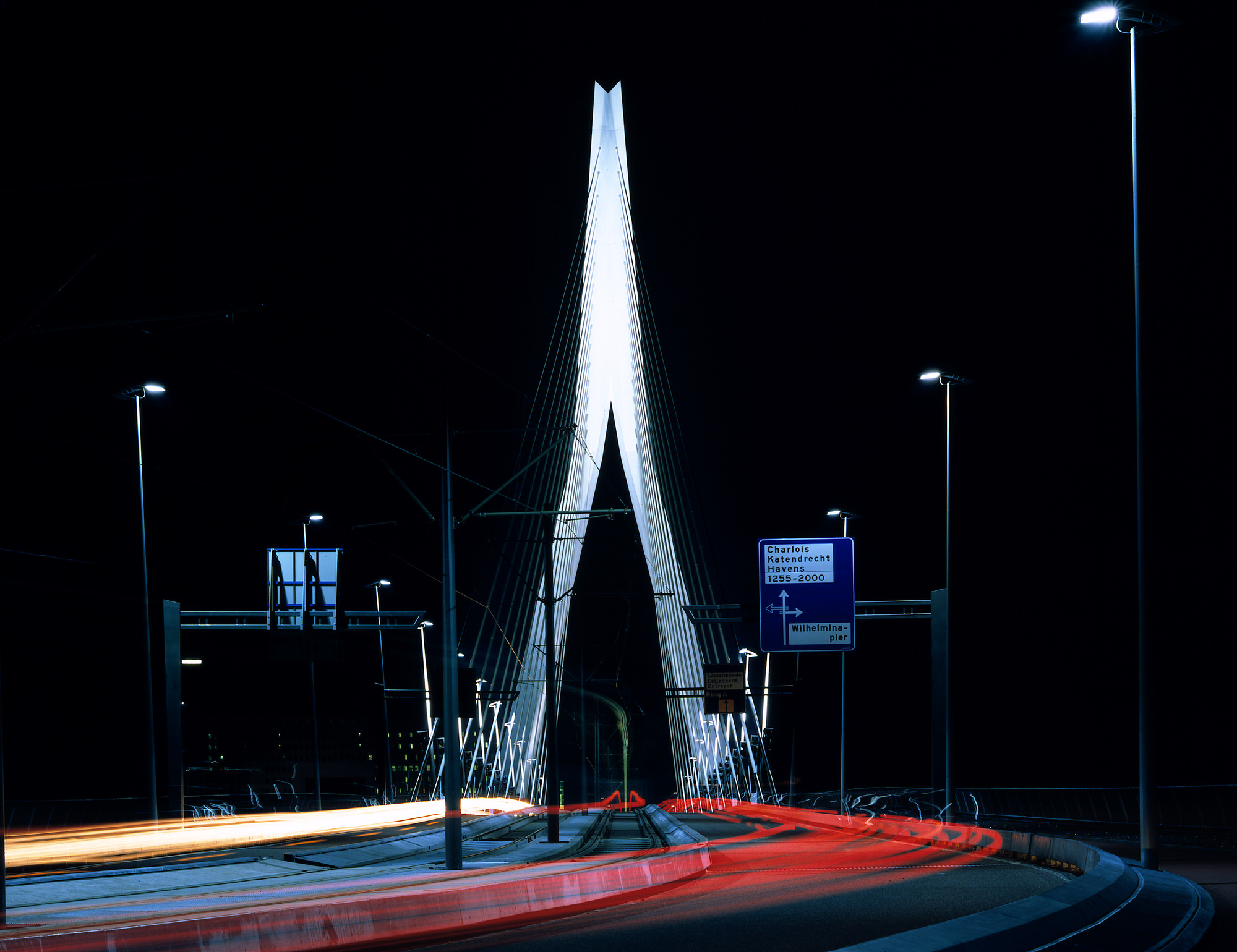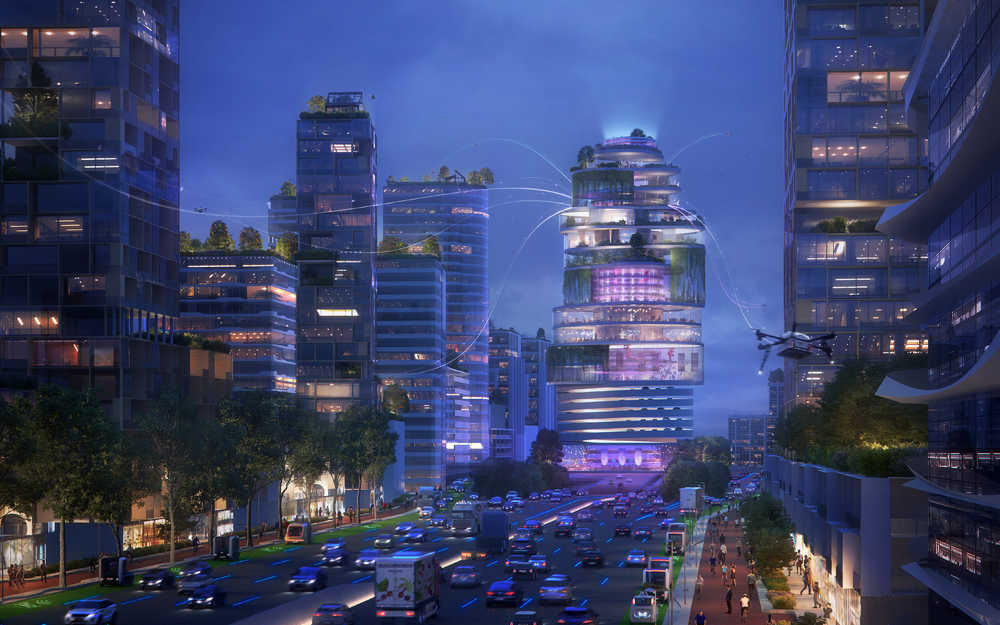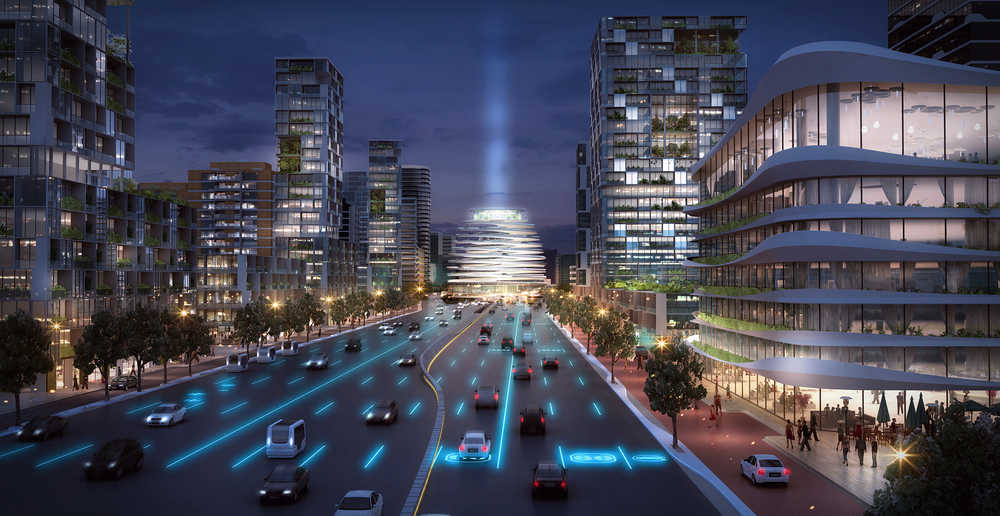22/05/2018 - Written by Ben van Berkel
In the glory days of modernism people had to adapt to architecture – but now, I think we are coming into an age where buildings need to adapt to people. The digital age demands a different bottom up approach, where the environment is built around, and responds to, people’s needs. New sensorial and data technology gives us plenty of possibilities to do so. Mirroring the kind of holistic and inclusive design approach of UNStudio, UNSense operates on all scales going from cities, buildings and interiors, bringing technology to the field of urban design, architecture, interior design and even product design.
Urban design, when combined with smart city technology, presents a lot of opportunities to humanise urban infrastructures and public spaces, beyond ticking boxes or meeting efficiency targets. I want to stimulate cities to listen, learn and empathically respond to its individual residents. Therefore, at UNSense, before we even think about developing technology or products, we ask: what are the needs of the people who live in a particular city or neighbourhood? A one size fits all solution is not going to work for all urban contexts. Every city has its own peculiarities, its own agenda and its own goals and societal issues to solve. When we start any project, we develop ideas together with the city and with local stakeholders, to define the impact that we should aim for.
Building upon 30 years of architectural practice, UNSense’s goal is to improve the way cities are used and experienced. This is particularly useful for municipalities, communities, local groups and businesses, who need to know how their environments are used. By applying amenities that adapt to data that is gathered from the streets, we can overcome human concerns and positively impact daily life in the city. UNSense is currently working together with Dutch cities like Amsterdam, Den Haag, Scheveningen, Rotterdam and Hilversum, to strategise running smart city initiatives and to investigate and explore new applications of sensorial adaptive design to implement in the built environment in order to energise specific urban areas and neighbourhoods and make them more lively and attractive, and hence more safe and socially healthy public places.
Read the original article on Ben's LinkedIn here.
Follow Ben on LinkedIn.



